Osuna, known as Urso by the Romans is where you will find Coto de las Canteras with its displays of Turdetani art and sculpture in Seville province, Andalucia
By Nick Nutter | Updated 15 Sep 2022 | Seville | Villages |
Login to add to YOUR Favourites or Read Later
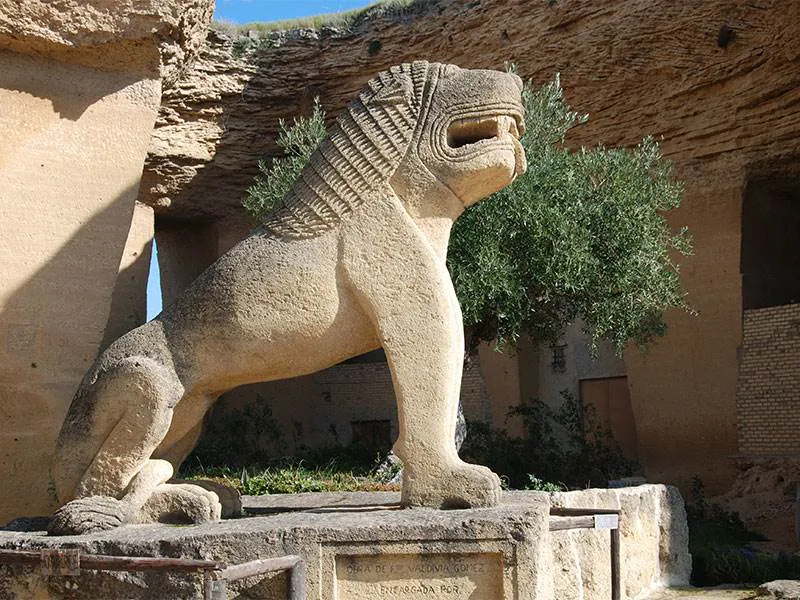
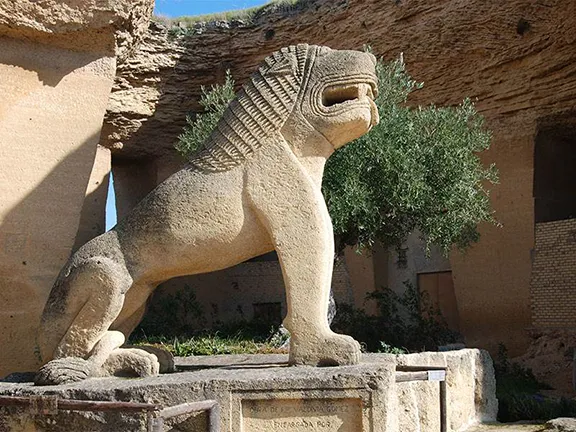
Have many people even heard of Osuna, a small town in Seville province about halfway between Seville and Antequera? It is a town that is bypassed by the A92. Travellers drive past on their way to a different destination yet this place has more claims to fame than many.
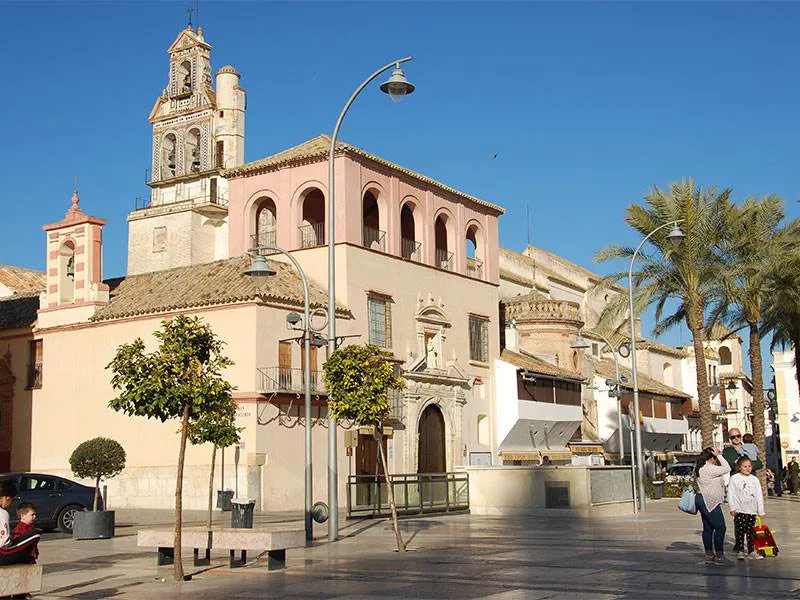
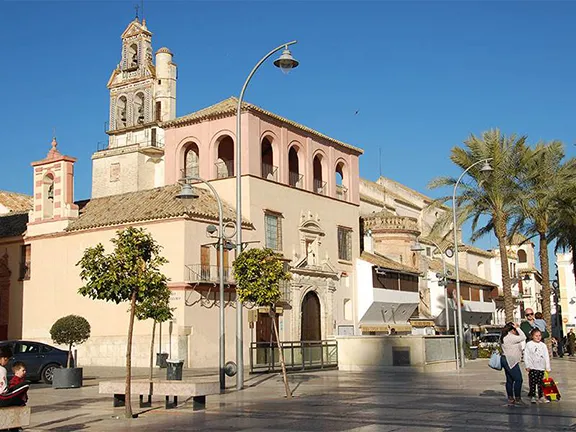
Baroque Architecture Osuna
The first impression of Osuna is of the architecture. The magnificent 16th century baroque buildings are built from a warm, mellow sandstone quarried nearby. There are at least three palaces, a church and various municipal buildings, all constructed of the same stone. Overlooking the town is the most prominent of those, the University of Osuna founded in the 16th century. The stone was extracted from a quarry on the outskirts of the town. Evidence suggests that the first people to use the stone taken from here were the Turdetani people, those that succeeded the Tartessians and were in the area at the time the Romans arrived. In any case, the quarry has been worked for well over 3000 years. Perhaps it is not the first place you would think to visit, but you will be in for a surprise.
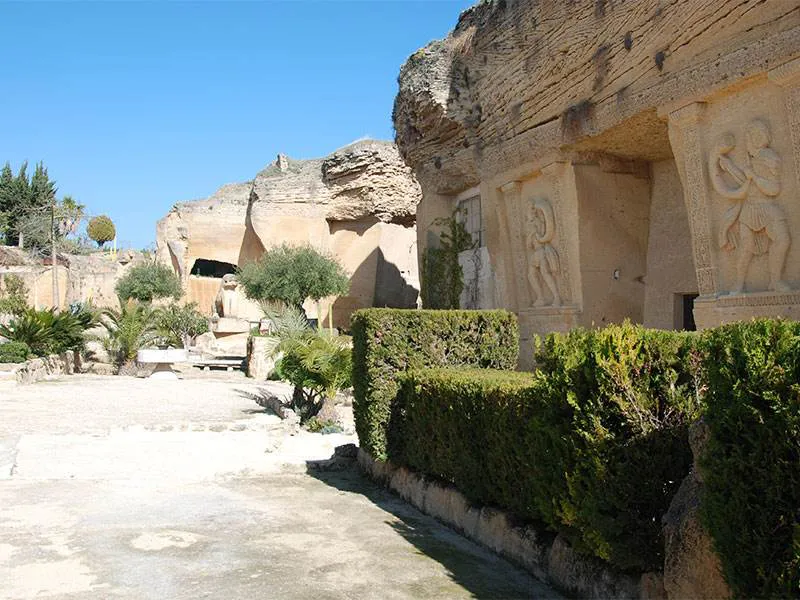
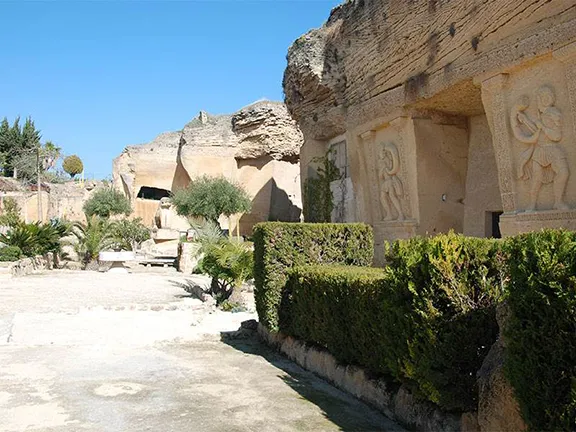
Coto de las Canteras Osuna
The quarry, called Coto de las Canteras, is open from 10 am until 2 pm on Sundays. Once through its gate, you are transported to the Valley of the Kings in Egypt. A small garden, hewn from the sandstone, is littered with monumental sculptures in a style that immediately suggests ancient Egypt but that are, in fact, copies of original Turdetani art, except up to five times the original size. An inscription on a panel on one of the sculptures gives the real date of origin, 2006. The mausoleum-like structure, with two huge reliefs guarding the entrance, is an auditorium created by extracting stone from inside the hill. The reliefs are copies, again five times life-size, of Turdetani symbols that were found at the nearby necropolis. They show figures in the style of dress used by the Turdetani, blowing cornets or horns used by the Roman army. The originals are in the Archaeological Museum in Madrid. The auditorium itself is a cathedral size chamber some 25 metres high. It can hold up to 1,400 people, making it the largest natural auditorium in Spain. It is used for weddings, concerts and special events.
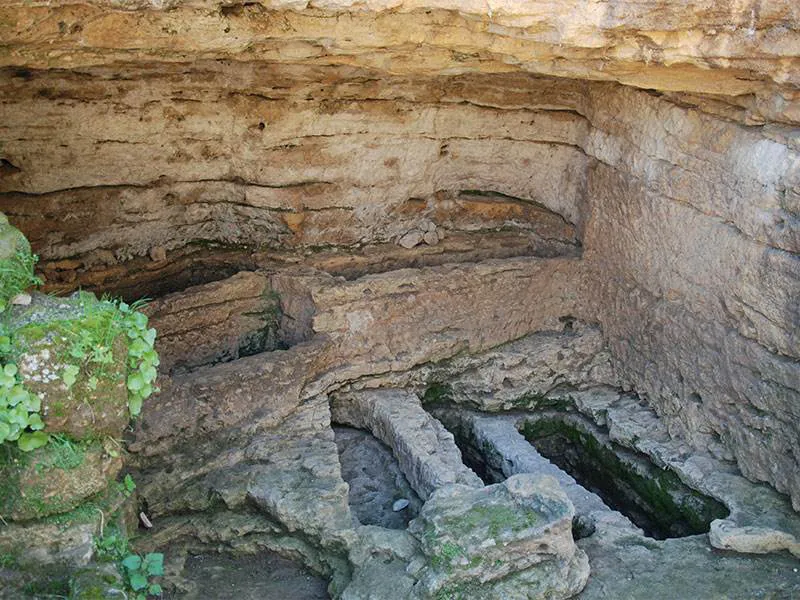
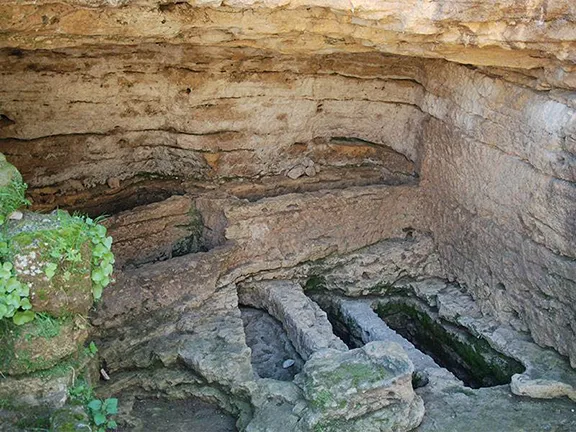
The Turdetani Roman Necropolis Osuna
Not far from the quarry is the site of the Roman theatre and the city walls. The Romans called the town Urso. On the Roman road to Estepa, now a cattle drove called La Cañada Real de Marchena is a necropolis. As was the custom at the time the necropolis was outside the town walls. The builders took advantage of the soft sandstone to create an extensive system of artificial caves that are now entirely open to the public. Unfortunately, the graves within the caves have been systematically looted through the ages. Authorised excavations in the 1980’s did produce some artefacts that are on display in the local museum and the Archaeological Museum in Madrid.
On the 17th March 45 BC, Julius Caesar fought his last action against the Optimates. His victory allowed him to return to Rome to become the dictator of the Republic. The location of the battle of Munda has long been a matter of conjecture with a number of places claiming the honour. Two pieces of information have come to light in recent years that may clarify the situation. Slingshot bullets have been excavated at La Lantejuela, situated between Osuna and Ecija and, in Osuna and Ecija, ancient inscriptions have been deciphered that honour Astigi (Ecija) for staying loyal to Caesar during the battle. It is proving most likely that the Battle of Munda was fought on the Cerro de las Balas and the Llanos del Aquila near La Lantejuela.
A day trip to Osuna is well worthwhile.